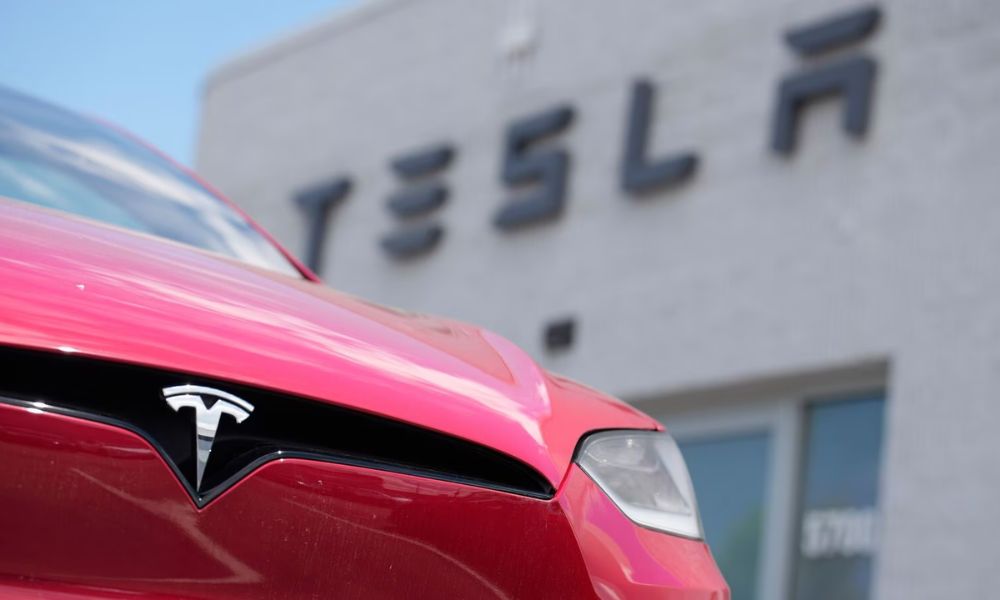
Tesla, the electric vehicle (EV) and clean energy company founded by Elon Musk in 2003, has become a global phenomenon.
Its sleek electric cars and innovative energy products have not only changed the automotive industry but have also influenced the way we think about sustainable energy solutions.
In this blog, we'll take a closer look at Tesla's fiscal fortunes, examining its revenue, profitability, and expansion strategies.
Tesla's revenue growth has been nothing short of remarkable. Since its inception, the company has consistently increased its annual revenue.
In 2020, Tesla recorded total revenue of over $31 billion, a substantial increase from the previous year, and this growth trend continued into 2021.
| Are you a Tax Lawyer in USA? 👉Transform Your Brand: Click for Metamorphosis👈 |
One of the key drivers of Tesla's revenue growth is its expanding product portfolio.
The company started with the Roadster, a high-end electric sports car, and has since introduced the Model S, Model 3, Model X, and Model Y, catering to a wider range of consumers.
Additionally, Tesla's energy products, such as solar panels and the Powerwall, have contributed to its revenue diversification.
While Tesla's revenue growth has been impressive, its profitability has been a subject of scrutiny.
The company's journey to profitability has been marked by periods of losses, as it invested heavily in research, development, and expansion.
However, in recent years, Tesla has made significant strides in this regard.
One factor contributing to Tesla's improved profitability is economies of scale.
As production volumes increase, the cost per unit of electric vehicle decreases, resulting in higher profit margins.
Additionally, Tesla's inclusion in the S&P 500 index in December 2020 boosted its stock price and market capitalization, further strengthening its financial position.
Tesla's expansion strategy is a testament to its ambition. The company has been actively expanding its footprint around the world, opening manufacturing facilities in strategic locations.
The Gigafactories in Nevada, Shanghai, Berlin, and Texas are all part of Tesla's plan to increase production capacity and reduce costs.
Moreover, Tesla's focus on autonomy and self-driving technology could potentially revolutionize the transportation industry.
The company's Autopilot and Full Self-Driving (FSD) features are paving the way for a future where vehicles are not just electric but also autonomous.
Tesla's lead in this field positions it as a frontrunner in the race to develop fully autonomous vehicles.
Despite its successes, Tesla faces its fair share of challenges. The EV market is becoming increasingly competitive, with traditional automakers like Ford, Volkswagen, and General Motors investing heavily in electric vehicle technology.
Regulatory hurdles, supply chain disruptions, and global economic uncertainties also pose challenges to Tesla's continued growth.
Additionally, Tesla's market dominance has drawn regulatory scrutiny in various countries, leading to debates about fair competition and market practices.
Navigating these challenges while maintaining its innovative edge will be crucial for Tesla's long-term success.
In conclusion, Tesla's fiscal fortunes have been characterized by impressive revenue growth, improving profitability, and a bold global expansion strategy.
The company's ability to innovate, adapt to market dynamics, and lead the EV revolution has positioned it as a significant player in the automotive and clean energy sectors.
However, the road ahead is not without its challenges, and how Tesla responds to these challenges will shape its fiscal fortunes in the years to come.
One thing is clear: Tesla's impact on the world extends far beyond the balance sheet, as it continues to drive the transition to a sustainable future.